What do your students need in their yoga right now?
5Yesterday morning I was trying to do my pranayama practice, as my 9-year old was bouncing on furniture around me, my puppy was chasing his tail knocking over everything in sight, and an excavator was digging a hole in my back yard. I had to laugh at the chaos and try to find moments of stillness behind all the commotion.
Since life-as-usual has been upended by the virus in ways big and small, yoga practice “as usual” doesn’t seem to cut it either. There are certain limitations that are being placed on most of us, we are not able to do all the things we were able to do before. We are all worried about what’s going to happen and whether or not we will be able to adapt to the new order of things. Some of us have more time and fewer responsibilities, and others have less time and more responsibilities. Today let’s reflect on what our students need in their yoga practice right now, and what kind of support we can give them that fits this moment. Let’s use the structure of the Panchamaya Model.
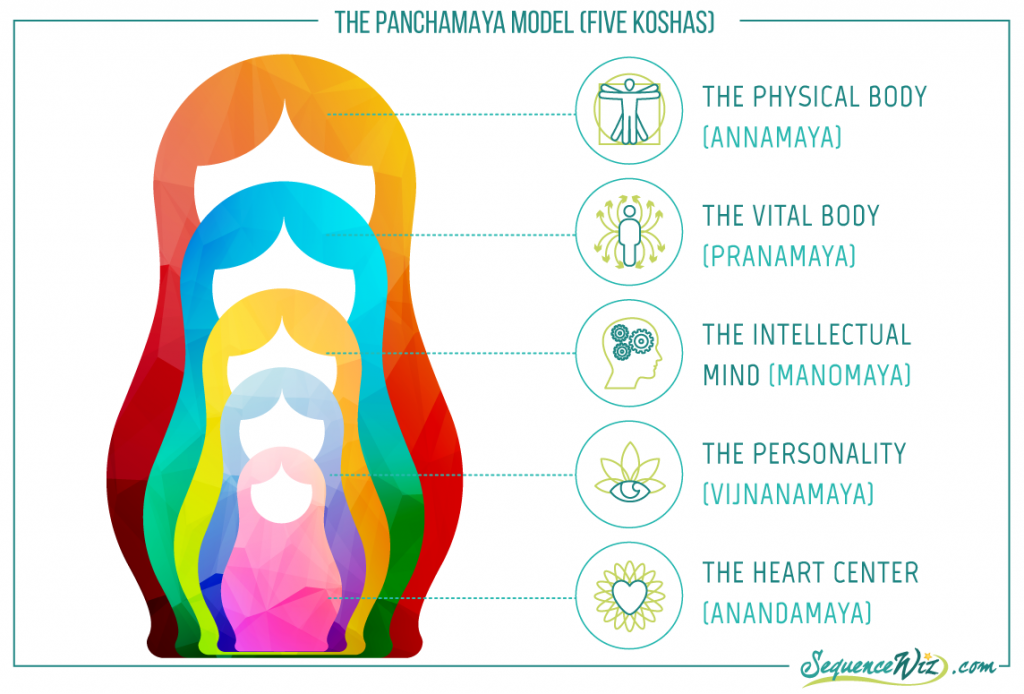
Annamaya (the physical body)
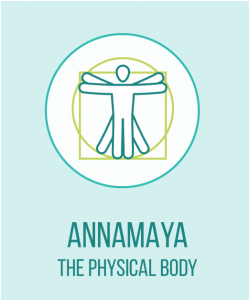 A student of mine shared a quote recently that she saw elsewhere. It said: “By the end of this quarantine, each one of us will be a hunk, a chunk, a monk or a drunk.” Undoubtedly, when the quarantine started, many of us had visions of exercising more at home and even purchased equipment to support that effort. Then many folks discovered that they would much rather cook, bake or drink. Left to our own devices at home, we have to exert a conscious effort to keep ourselves moving regularly. Lack of traditional exercise outlets (like gyms, yoga studios and swimming pools) combined with sitting a lot leads to stiffness, body aches, flaring up of old injuries and new problem areas.
A student of mine shared a quote recently that she saw elsewhere. It said: “By the end of this quarantine, each one of us will be a hunk, a chunk, a monk or a drunk.” Undoubtedly, when the quarantine started, many of us had visions of exercising more at home and even purchased equipment to support that effort. Then many folks discovered that they would much rather cook, bake or drink. Left to our own devices at home, we have to exert a conscious effort to keep ourselves moving regularly. Lack of traditional exercise outlets (like gyms, yoga studios and swimming pools) combined with sitting a lot leads to stiffness, body aches, flaring up of old injuries and new problem areas.
How yoga fits in: Those students who have more time and less responsibilities can luxuriate in long yoga practices, while the ones who have less time now tend to adopt a “get in-and-get out” attitude. Both are valid and need to be considered. That’s why it makes sense to offer short targeted yoga practices that work specific body areas to those who have less time and more pressing issues, and longer, more comprehensive practices to those who have more time. Doing challenging, intricate poses becomes much less important – they might be too strong, and it’s difficult to guide students into those poses safely online. But balancing poses become much more relevant both for the purpose of maintaining structural integrity of the body and focusing the mind. As always, the asana practice you teach needs to reflect the physical needs of your students.
Pranamaya (energy and physiology)
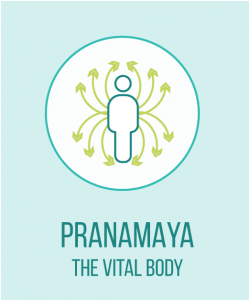 Breathing and energy management practices are particularly important right now. Since the virus impacts the lungs, our concerns about it can affect how we subconsciously manipulate our breathing – we might breathe less and more shallow while wearing a mask, we might hold our breath if somebody passes us too close on the sidewalk, we might gasp for air when we feel overextended, or opt out for short incomplete exhalations and shallow breathing in general.
Breathing and energy management practices are particularly important right now. Since the virus impacts the lungs, our concerns about it can affect how we subconsciously manipulate our breathing – we might breathe less and more shallow while wearing a mask, we might hold our breath if somebody passes us too close on the sidewalk, we might gasp for air when we feel overextended, or opt out for short incomplete exhalations and shallow breathing in general.
How yoga fits in: The best thing we can do for our students is encourage them to pay attention to their breath, and to breathe deeply, softly and with emphasis on long subtle exhalation. This type of breathing (both sustained throughout the practice and highlighted during pranayama) is great for managing our Autonomic Nervous System and promoting a parasympathetic response. It helps us deal with uncertainty of this moment and other everyday frustrations.
Manomaya (the intellectual body)
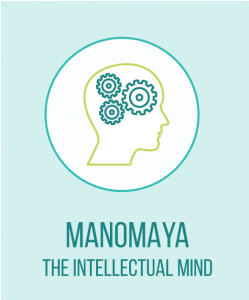 With all the external distractions and internal worries, it can be hard to stay focused. Students might feel scattered, pulled in different directions, juggling too many things. In addition, our minds feel much more comfortable when they can predict things with reasonable certainty. When the future is uncertain, and there is no comparable experience in the past, the mind will cycle through various what-if scenarios that range from benign to downright frightening.
With all the external distractions and internal worries, it can be hard to stay focused. Students might feel scattered, pulled in different directions, juggling too many things. In addition, our minds feel much more comfortable when they can predict things with reasonable certainty. When the future is uncertain, and there is no comparable experience in the past, the mind will cycle through various what-if scenarios that range from benign to downright frightening.
How yoga fits in: Our main goal is to focus the mind by anchoring attention on something for progressively longer periods of time. Patanjali’s Yoga Sutras recommend the following objects for one-pointed focus:
• Positive attitude toward others (which can help us cultivate patience toward those we don’t agree with),
• Prolonged exhalation and suspension of breath (which helps us find the place of stillness),
• Objective sensory awareness (which is particularly useful for grounding oneself in the present moment),
• Focusing on the light (which helps illuminate our inner challenges and overcome them),
• Turning to inspirational people (which helps shift our attention from doom and gloom to a more positive outlook),
• Reflecting on your dreams (which can help us understand how our mind is processing reality),
• Or simply focusing on something that’s meaningful to you.
In addition, we can encourage attention through asana by doing right-left brain movements, unexpected movement and balancing poses.
Vijnanamaya (personality and conditioning)
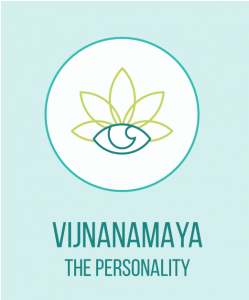 There are still a lot of unknowns about the virus and what will happen going forward. Folks react to it in different ways based on their upbringing, personality, past experience and many other factors. Some people are still very worried, others got tired of worrying and started taking calculated risks, still others move forward as if life is back to normal.
There are still a lot of unknowns about the virus and what will happen going forward. Folks react to it in different ways based on their upbringing, personality, past experience and many other factors. Some people are still very worried, others got tired of worrying and started taking calculated risks, still others move forward as if life is back to normal.
How yoga fits in: It is useful to give our students space to feel whatever they need to feel. It’s up to you to decide whether or not you want to give them space and time to vent about it. They likely have other related worries – security and safety of their job, what will happen with their children’s schooling, whether or not it’s safe to go about their usual business or attend large gatherings like church, protests or elections. Be prepared, that if you give them space to vent about their worries, those conversations might become charged and even confrontational, since different people might have conflicting convictions. You will need to be able to guide this conversation and make sure that it ends up being productive in some way. It might help to use relevant sutras or other texts that you find insightful.
Anandamaya (joy and connection)
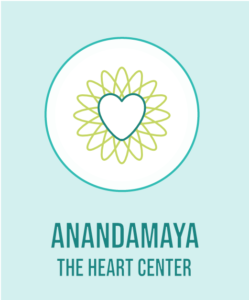 The fact that we are now conditioning ourselves and our kids to stay away from other humans, not to touch and hug, will inevitably have an impact on our psyche in the present moment and long term. We all need human connections. Also, because of our brain’s negativity bias, it is much easier to focus on the negative, than it is on the positive.
The fact that we are now conditioning ourselves and our kids to stay away from other humans, not to touch and hug, will inevitably have an impact on our psyche in the present moment and long term. We all need human connections. Also, because of our brain’s negativity bias, it is much easier to focus on the negative, than it is on the positive.
How does yoga fit in: Your classes and small groups can help fill that void and provide much needed human-to-human contact, even if you do it online. It is especially important for people who live alone, or have preexisting conditions, that make them more wary about resuming their regular activities. We need to inspire our students to find their sense of joy in their hobbies, in moments of laughter with their kids, in cuddling with their pets, in connecting to something greater than themselves. We can do that by using elevating imagery, laughter, prayer, lighthearted conversations and simply listening to one another without judgement.
The way you choose to teach in this current climate entirely depends on your personal style, type of knowledge and level of comfort. Just remember that you are teaching the whole person, and every layer of their system requires attention. As always, we need to create space for our students where they feel welcome to come as they are, and inspire them to use their yoga practice to make their daily lives a bit more balanced.
[jetpack_subscription_form]

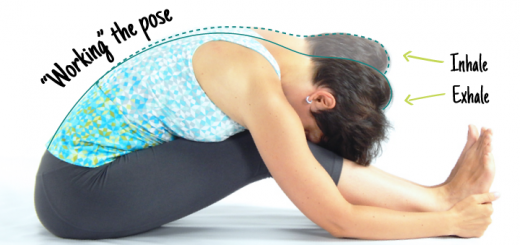
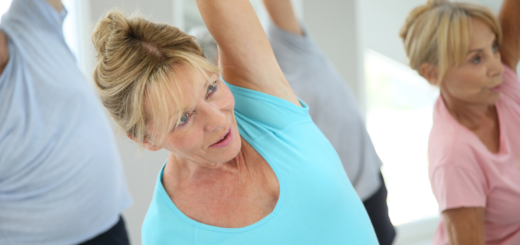
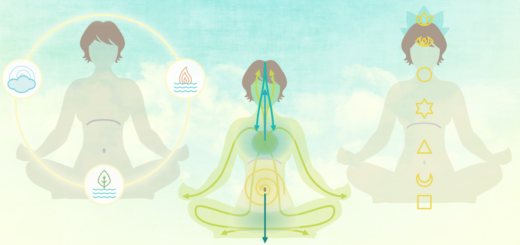
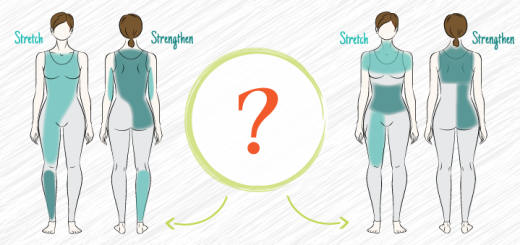















Great article….
Thanks
A lovely, descriptive explanantion of how our approach to yoga maybe changing both on a personal and professional level. Thank you for your writings Olga!
Thank you Olga, this is really useful
Thank you Olga, this was just the type of article I was looking for
Do you have any specific sutras in mind to help support conversation as you mentioned under the Vijnanamaya layer?
This is so timely, I’ve just been teaching a Saturday morning Koshas class in June, and this is such a fabulous resource for my students. Thanks so much!!!